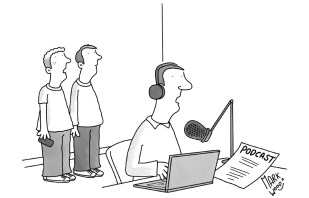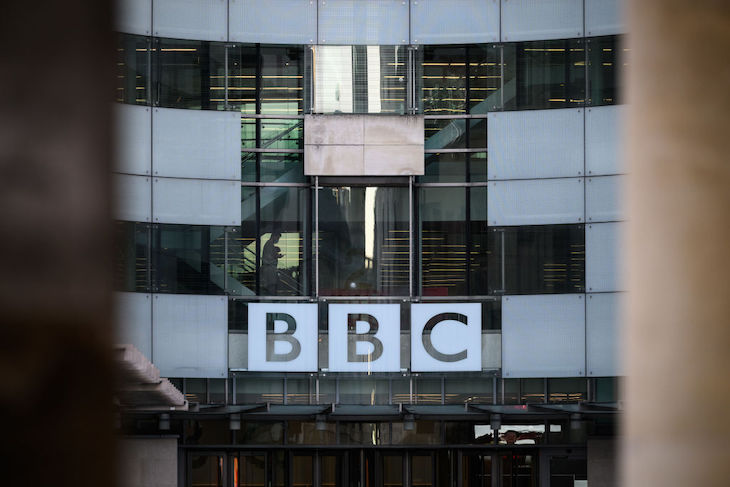
For many people, the mental picture of a Viking is of a blond giant in a horned helmet leaping out of a sharp-prowed longboat to pillage and slaughter the terrified inhabitants of the nearest village or monastery. The horned helmet is a myth, but the Vikings were, in general, red-haired or blond and taller than the Anglo-Saxons (Scandinavians are still, on average, an inch or so taller than Britons) and for almost 100 years raiding the English coast was what they did.
As ‘heathens’, the Vikings
considered neither monasteries nor churches sacred
Thanks to their unrivalled expertise in boat-building, they were unmatched as pirates – looting, taking prisoners for slavery or ransom or exacting tribute for not so doing. They applied the same technique to land piracy. France was a popular target. The Northmen would sail up the Seine, plundering on both banks and capturing traders who were fleeing not quite fast enough before them. In 857 a great ransom was paid to them to stop them burning some of the churches in Paris (as ‘heathens’, the Vikings considered neither monasteries nor churches sacred). The Frankish kings had to deploy large forces on river banks to deter them, or rebuild the bridges they had destroyed. In Britain, raids were largely coastal or from island bases in estuaries, with Ireland the greatest sufferer. Sometimes the battles were so successful that the Northmen remained in our islands for the winter, ready for the next onslaught.
The scholars Dawn M. Hadley and Julian D. Richards trace the history of these raids through coins and artefacts – the Vikings were great traders as well as raiders. Then, in the 860s, something changed. Over-wintering in Britain had become more frequent; now, the marauders wanted something more than loot: the land itself. In other words, colonisation was occurring. In 865, records the Anglo-Saxon Chronicle,‘a great heathen army’ came into England and took up winter quarters in East Anglia. Here, presumably by dint of threats, ferocious scuffles, negotiation and trade, they acquired horses. Now they were unstoppable – and they headed north.

What is extraordinary is just how much of England this army (small by modern standards) conquered. Estimates of its size vary from 1,500 and 5,000, with most scholars opting for around 3,000 (the population of England was then between 500,000 and one million). Yet at one time these invaders ruled about half the country.
Conquest was helped by the internecine struggles between the rulers of the various English kingdoms. Northumberland was conquered, after which the army returned to York, spending a year there before going back to East Anglia, where a battle took place in which the King of East Anglia was killed. When the Vikings turned their attention to London in 871, having extracted an ‘immense tribute’ from the Mercian lords, they overwintered on Thorney Island, a small gravel island on which the Houses of Parliament and Westminster Abbey now stand.
As the successes of the Great Army increased and it conquered more and more of England, it split into various camps, which established themselves as settlements. A major encampment was like a small city, with fleeces, flax and leather being processed for clothes and axe heads being fashioned both for weaponry and tree-felling, while metalworkers produced jewellery, sewing needles and knives. Rivers were fished, birds trapped, fields ploughed and tribute exacted. As the Vikings settled in these camps there is evidence that they spread further out.
Much of what we know about the Vikings has been achieved through metal detection, with Yorkshire a particularly fruitful field. Jewellery, strap-ends (the ornate metal plaques that decorated the ends of leather belts to prevent them fraying), metalwork, hoards of coins and the archaeological evidence of campsites and graves trace the progress of the Great Army, all of which is meticulously noted by the authors. Although the book is written by academics and is mainly for scholars of the period, anyone from East Anglia to the north who turns up an unexplained bit of metal in their garden might identify it through some of the copious illustrations here.
Many of the raiders remained on the land they seized, gradually adopting local customs and religions. The army itself, or its various remnants, was finally defeated by Alfred the Great, who later negotiated a peace agreement that freed much of the country but left the Vikings in control of most of the east and the north, an area known as the Danelaw.
It is safe to say the Vikings never really went away. On the continent, they settled in northern France and the Low Countries in around 900, with the result that a century and a half later their descendants, the Northmen of Normandy, launched another invasion of England. And everybody knows what happened in 1066.







Comments